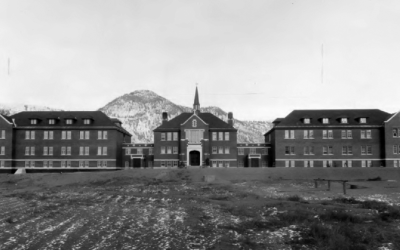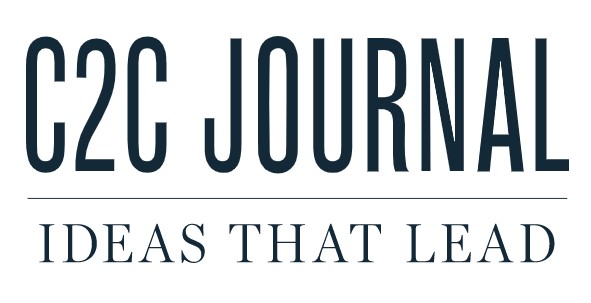Executive Summary
• The response to the 2013 southern Alberta floods was effective. Volunteers and governments organized quickly to provide aid and information to the affected communities.
• Though the flooding was unprecedented in scale, it was not unexpected. The possibility of an extreme weather event was well known, and the measures needed to mitigate damage from such an event were already under consideration.
• Unfortunately, the affected municipalities had difficulty spurring the province to act. A 2006 mitigation report was left unpublished for six years and its recommendations ignored. Only now, in the aftermath of the 2013 flood, is the province beginning to implement the suggested land-use regulations and structural flood mitigation measures.
• Co-ordinating governments, individuals and communities is the main challenge of disaster mitigation. Overland flood insurance, currently unavailable to Canadian homeowners, could solve a number of these co-ordination problems if it were priced according to risk and bundled with home insurance in order to distribute costs over a large population.
Alberta flood by the numbers
In June 2013, southern Alberta experienced significant flooding. From June 20 to 21, up to 200 millimetres of rain fell on already saturated, sometimes frozen ground, leading 28 communities to declare a state of emergency and forcing more than 100,000 people from their homes.1/2 The Bow and Elbow rivers overflowed, damaging 14,500 homes, and downtown Calgary was immobilized.3 In High River, a town with a population just shy of 13,000, three people died, and nearly 1,000 people had to be airlifted or rescued by boat.4
Premier Alison Redford estimates the flood will cost $5-billion, five times the 2007 Probable Maximum Loss Estimate for a one-in-500- years flood.5 Insurance will cover approximately $1.7-billion of this cost.6 This means that the 2013 Alberta floods are the most expensive in Canada’s history and likely the most expensive insured loss in the history of Canada’s insurance industry, even though overland flood insurance was not provided.7/8 To put the $5-billion into perspective, the 1997 Red River flood in Manitoba, dubbed the “Flood of the Century,” cost a mere $500-million.9
![]() Lilly – Alberta Flood Disaster.pdf
Lilly – Alberta Flood Disaster.pdf


